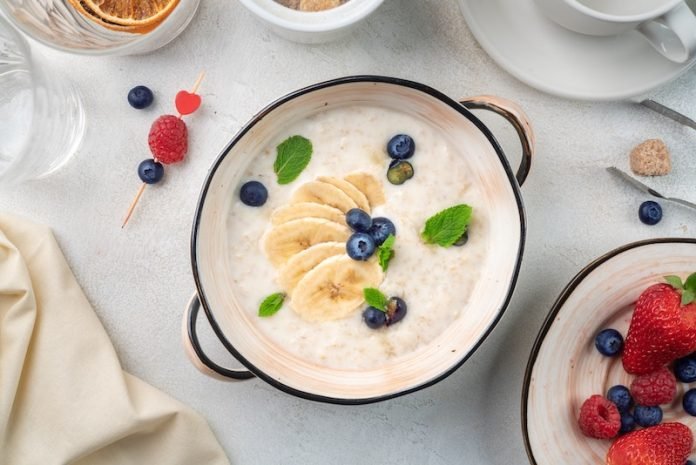
Salt, a common ingredient in our diets, can have negative effects on our blood pressure and overall heart health. High salt intake is a risk factor for hypertension, which can lead to cardiovascular diseases.
However, recent research from Amsterdam University sheds light on how we can mitigate the adverse effects of salt through our food choices.
Potassium, found abundantly in certain foods, has been shown to play a vital role in counteracting the harmful impact of salt on blood pressure.
Foods like bananas, avocados, and salmon are rich in potassium and can contribute to better heart health.
The study involved a diverse group of over 24,000 participants aged 40 to 79. It revealed that high-potassium diets were particularly beneficial for women with high salt intake.
Potassium’s Role in Blood Pressure Regulation
Potassium helps the body excrete excess sodium through urine, making it easier to control blood pressure.
The study found that participants with higher potassium consumption tended to have lower blood pressure levels, with this effect being more pronounced in women with high salt intake.
Over the 19.5-year follow-up period, more than 55% of participants experienced hospitalization or death due to cardiovascular disease.
The research showed that individuals with the highest potassium intake had a 13% lower risk of cardiovascular events compared to those with the lowest potassium intake.
What’s fascinating is that potassium’s positive impact on cardiovascular health remains consistent regardless of salt intake.
This suggests that potassium offers additional protective benefits beyond its role in sodium excretion.
Guidelines for Potassium and Sodium Intake
To promote heart health, the World Health Organization recommends that adults consume at least 3.5 grams of potassium and limit their sodium intake to less than 2 grams (equivalent to 5 grams of salt) per day.
Foods rich in potassium include vegetables, fruits, nuts, beans, dairy products, and fish.
For instance, a medium-sized banana contains about 375 mg of potassium, while a serving of cooked salmon (about the size of a deck of cards) provides approximately 780 mg.
A potato of similar size offers around 500 mg of potassium, and a cup of milk contains about 375 mg.
To further support heart health, food companies can consider substituting traditional sodium-based salt with potassium salt alternatives in processed foods.
This move can help consumers reduce their sodium intake while increasing their potassium consumption.
In addition to swapping out salt, individuals can prioritize fresh, unprocessed foods in their diets. These foods tend to be rich in potassium and naturally low in salt, offering a double benefit for heart health.
Conclusion: Prioritizing Heart Health
This study underscores the importance of maintaining a heart-healthy diet that is both rich in potassium and low in salt.
By incorporating potassium-rich foods like bananas, avocados, and salmon into our diets, we can take steps to mitigate the adverse effects of salt and reduce the risk of heart disease.
If you care about high blood pressure, please read studies about unhealthy habits that may increase high blood pressure risk, and drinking green tea could help lower blood pressure.
For more information about high blood pressure, please see recent studies about what to eat or to avoid for high blood pressure, and 12 foods that lower blood pressure.
Follow us on Twitter for more articles about this topic.
Copyright © 2023 Knowridge Science Report. All rights reserved.



